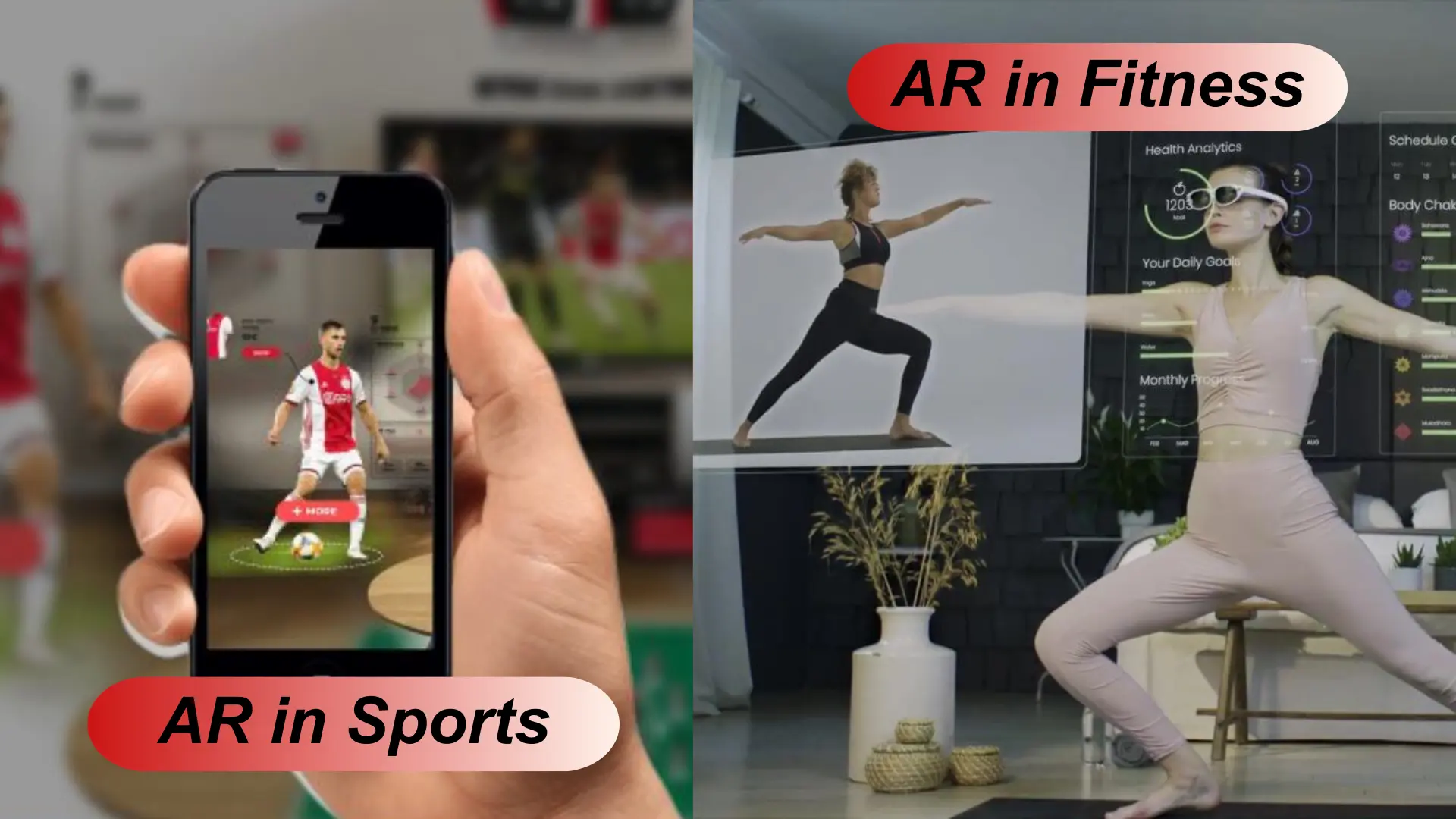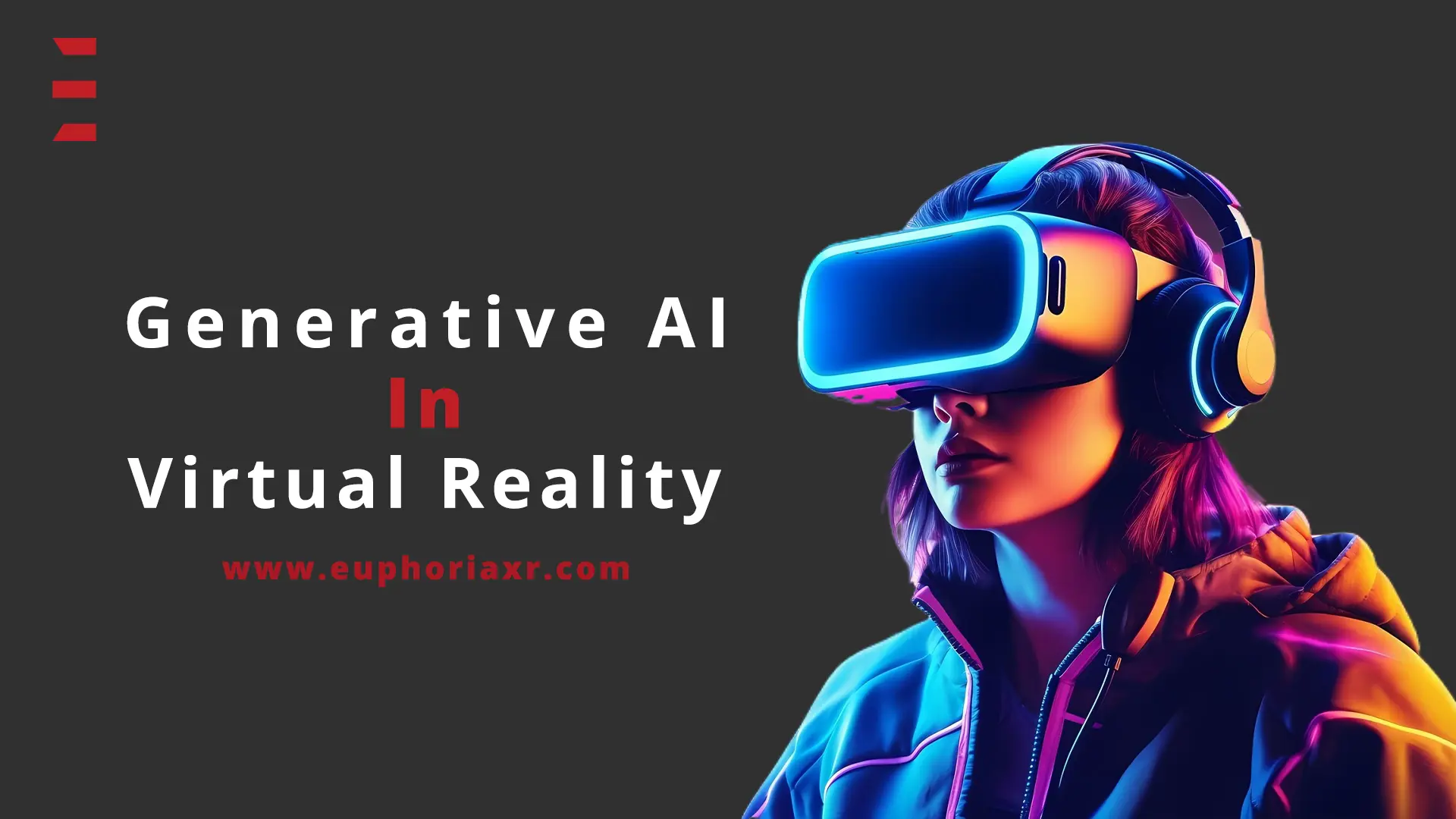The metaverse, a virtual environment where users can communicate with one another and with digital settings, is changing quickly. It’s similar to a huge virtual environment where the lines separating the actual world from the digital world smoothly blend. Within this vast virtual environment, people can do everything from interacting socially with friends to attending virtual events to working or attending school.
Science fiction no longer applies to the metaverse. It’s here, expanding quickly, and companies are starting to pay attention. In 2023, for example, sales of virtual “land” in the Metaverse exceeded a staggering US$500 million. This demonstrates the rapidly increasing interest in investing in the Metaverse among the public and presents enormous economic opportunities.
In recent years, the metaverse has seen an amazing transformation. Virtual reality (VR) and augmented reality (AR) technologies have opened the door to immersive experiences that smoothly combine the physical and digital realms. The value of the metaverse increased quickly, reaching $38.5 billion in 2021, and projected to reach $678.8 billion by 2030.
However, what’s the most recent buzz in this fascinating field? Join us as we explore the top metaverse trends 2024, including metaverse trends 2024 fashion and metaverse use cases. And the best part? We’ll show you how EuhporiaXR can help you prepare to take advantage of these trends and secure your spot in the future of the metaverse.
What are the Metaverse Trends to Watch in 2024?
What are your thoughts? Are you eagerly waiting to see what 2024’s Metaverse trends will hold? The possibilities in the metaverse are broad and full of amazing possibilities. Here are a few trends to be aware of in 2024.
Trend 1: Blockchain Integration in the Metaverse
The Metaverse’s virtual asset and transaction landscape is about to undergo a major transformation due to the incorporation of blockchain technology. By introducing the idea of decentralization into the Metaverse, blockchain guarantees that users maintain complete ownership and control over their virtual assets. This paradigm change will have a significant impact on how transactions take place in virtual environments. A closer look at how blockchain integration will work is provided here:
Safe and Open Marketplace: Users may easily purchase, possess, and sell virtual products in a safe and open marketplace made possible by blockchain technology. Because blockchain technology is decentralized, transactions are carried out with the highest security and transparency, which promotes user trust.
Enhanced Transactional Integrity: Blockchain technology enables users to record and verify transactions on a distributed ledger in an unchanging format. In addition to improving transaction integrity, this open record-keeping system gives consumers a verifiable history of ownership of their virtual assets.
Changes in Virtual Commerce: Incorporating blockchain technology modifies the Metaverse’s virtual commerce dynamics. Blockchain simplifies and lowers the cost of exchanging virtual assets for consumers by enabling peer-to-peer transactions and eliminating the need for facilitators.
Reduced Risk of Fraudulent Activities: Because of the blockchain’s irreversible ledger, every transaction is safely recorded and cannot be tampered with or altered. This inherent security measure protects the integrity of the virtual economy by reducing fraudulent actions like asset duplication and theft.
Trend 2: NFT Integration:
One of the biggest new trends in the Metaverse for 2024 is the inclusion of NFT (Non-Fungible Tokens). NFT integration in the Metaverse refers to using these tokens to trade, purchase, and sell virtual goods inside virtual worlds.NFTs, which are usually kept on a blockchain, are digital tokens that signify ownership or provide evidence of the legitimacy of a particular good or service.
Establishing Ownership and Scarcity: NFTs’ potential to give digital assets ownership and scarcity is a major factor influencing their acceptance in the Metaverse. NFTs offer a method for proving real ownership and authenticity of virtual goods, such as virtual real estate, digital artwork, collectibles, and in-game assets, in contrast to typical digital assets, which are simply duplicated or cloned.
Providing Transparent Transactions: Through the NFT integration, users can easily and transparently buy, sell, and exchange virtual assets in the Metaverse. By tokenizing these assets as NFTs, users can establish verifiable ownership and transferability, enhancing the development of a thriving virtual goods economy within digital surroundings. As a result, developers, consumers, and creators now have more options to monetize their works, participate in virtual economies, and express themselves creatively via new media.
Encouraging Community Collaboration: NFT integration in the Metaverse also encourages user cooperation and a sense of community. It allows artists to present their work, cooperate on projects, and interact with fans and collectors in a decentralized and inclusive way. Through NFTs, creators can connect directly with their audience, avoiding using conventional administrators.
Redefining Value and Ownership: Integrating NFT within the Metaverse allows for reinterpreting notions of ownership and value in virtual spaces. By creating, exchanging, and selling virtual assets, users can make money using the new economic models and revenue streams it offers. Users can now engage in and contribute to expanding the Metaverse ecosystem by enabling the democratization of value production.
Trend 3: Metavserse Gaming:
Immersive Gaming Experience: Metaverse gaming is another significant trend influencing the digital setting in 2024. It involves merging gaming technologies, augmented reality (AR), and virtual reality (VR) within immersive digital settings. This phenomenon brings new degrees of immersion and engagement to virtual world gaming, interaction, and socializing.
Advancements in AR and VR Technologies: The development of VR and AR technologies is essential in the growth of metaverse gaming. With these technologies, gamers can enter virtual environments and engage in highly lifelike and engaging gaming experiences. Metaverse gaming provides countless opportunities for players to immerse themselves in novel and thrilling experiences, whether traveling across expansive virtual surroundings, facing off against rivals in grand multiplayer arenas, or going on immersive storytelling journeys.
Social interaction and community development: Metaverse gaming promotes community development, social engagement, and enjoyment. Players can interact with friends, make new ones, and work together on missions and quests in the metaverse. This social component gives gaming a new depth and promotes connections and community inside online networks.
Blurring Lines—Virtual and Real-World Boundaries: Metaverse gaming erases boundaries between the virtual and physical worlds by allowing for real-world experiences and activities within virtual environments. For instance, certain metaverse games encourage players to work out and stay fit as they play by incorporating fitness-related elements. Others enable users to interact with others and enjoy live entertainment from the comfort of their homes by hosting virtual gatherings, concerts, and events.
Advantages for Business: Metaverse gaming offers new chances for business and enterprise in addition to amusement and social connection. Within games, players can trade, purchase, and sell virtual goods like skins, weapons, and souvenirs, fostering a thriving virtual economy. As a result, there are more opportunities for game developers, content producers, and gamers to make money, creating a vibrant metaverse virtual economy.
To learn more about the endless opportunities of metaverse gaming, use the button below to contact EuphoriaXR’s skilled AR/VR developer.
Trend 4: Artificial Intelligence:
Integration of artificial intelligence (AI) is a key trend that will transform user interaction, navigation, and virtual environment experiences in the Metaverse in 2024. Multiple aspects of the Metaverse are utilizing AI-powered systems and algorithms to improve user experiences, expedite procedures, and drive innovation.
Virtual assistants in the Metaverse: This represents one of the main areas where artificial intelligence is used. Within virtual settings, these AI-powered assistants act as mentors, coordinators, and friends, helping users with assignments, making suggestions, and creating unique experiences. Virtual assistants improve the user experience by helping with tasks like navigating virtual worlds, accessing information, and engaging with other users. They also make Metaverse interactions smoother and simpler.
Optimizing Content Distribution: The Metaverse is also using AI algorithms to optimize and customize content distribution. These algorithms analyze user data and behavior and customize experiences and content according to user preferences and interests. Artificial intelligence (AI)-driven solutions improve user engagement and immersion in the Metaverse by personalizing and customizing virtual events. This results in more satisfying personalized experiences for users.
Intelligent Bots and NCPs: The Metaverse uses AI extensively to create intelligent bots and NPCs (non-player characters). These AI-driven entities populate virtual worlds and engage with users, adding to the overall realism and richness of the gaming experience. Intelligent NPCs and bots enhance virtual settings with complexity and vitality by interacting with players, offering challenges and quests, and modeling real-world behaviors.
Trend 5: Urban Planning:
Creating Immersive Virtual Cities: Within the Metaverse, urban planning refers to the purposeful creation and growth of virtual ecosystems, landscapes, and cities. It includes building livable, visually appealing, and sustainable virtual worlds that people may explore and occupy. One of the main urban planning objectives in the Metaverse is creating immersive and captivating virtual cities that mimic real-world urban environments while simultaneously providing distinctive and modern features. This involves creating virtual versions of real-world structures like parks, streets, buildings, and transportation networks tailored to virtual environments’ unique requirements and dynamics.
Considering Sustainability and Accessibility: When creating virtual habitats, urban planners in the Metaverse take accessibility, regulations regarding spatial layout, and environmental sustainability into account. Their goal is to develop virtual cities that are aesthetically pleasing, efficient, and useful for enabling user activities, interactions, and navigation in digital environments.
Promoting Community Development and Social Dynamics: Furthermore, urban planning in the Metaverse considers more extensive factors, including social dynamics, community involvement, economic development, aesthetics, and utility. Virtual cities encourage user-to-user communication, teamwork, and community building, resulting in lively and welcoming online communities inside the Metaverse.
Using Data and Analytics: Urban planners in the Metaverse also use data analytics, simulation tools, and predictive modeling techniques to maximize the design and development of virtual environments. They examine user habits and inclinations to ensure that virtual cities are responsive to their residents’ needs and wishes. They analyze user behavior, preferences, and feedback to inform decision-making.
Trend 6: Personalized Experiences:
Customized Virtual Surroundings: In 2024, personalized experiences will significantly reshape the Metaverse by providing users with individualized interactions in virtual surroundings. This movement uses user preferences, data, and algorithms to create individualized interactions, services, and content that appeal to specific users. Customizing virtual surroundings to users’ interests and preferences is an essential component of personalized experiences in the Metaverse. This involves allowing users to customize their avatars, virtual homes, and virtual possessions to represent their identities and preferences better. Platforms may enable users to express themselves and build deep connections in virtual environments by providing customization options like virtual clothes shops, avatar customization tools, and personalized virtual places.
Customized Communication and Content: Beyond simple visual modification, the Metaverse’s individualized experiences also include personalized interactions and content distribution. Artificial intelligence (AI) algorithms examine user data, behavior, and preferences to customize content recommendations, virtual events, and social interactions based on individual interests and preferences. Personalized experiences increase user pleasure and engagement in the Metaverse, whether offered through virtual assistants, recommendations for virtual experiences, or matching users with other users who share similar interests.
Individualized Digital Journeys: Users can create their digital journeys and experiences through individualized experiences in the Metaverse, influencing their interactions and engagements in virtual worlds. Using customizable elements like interactive storytelling, virtual tours, and guided encounters, users can explore virtual worlds at their leisure and follow their interests.
Deepening Connections: Personalized encounters within the Metaverse also increase user connection. Platforms enable deeper connections and participation within virtual communities by customizing material and interactions to individual preferences. This increases a sense of inclusivity and belonging for users with various interests and backgrounds.
Trend 7: Augmented Reality Advertising
Seamless Integration: Augmented reality (AR) advertising has become a major trend in the Metaverse landscape for 2024 by transforming how brands interact with consumers in virtual spaces. This trend uses AR technology to create visually appealing and interactive marketing experiences for users by seamlessly integrating digital ads into virtual environments that mimic the real world.
Contextual Relevance: One of the main factors driving augmented reality advertising’s acceptance in the Metaverse is its potential to seamlessly integrate digital material with the real world, improving user experience overall. As users engage with virtual material in their physical surroundings, augmented reality advertisements appear as virtual overlays on real-world objects or surfaces within virtual environments, giving users a sense of presence and relevancy.
Interactive Experiences: With augmented reality advertising, brands have a rare chance to communicate with consumers in virtual settings in a contextually appropriate manner. Companies can design augmented reality (AR) experiences that let consumers engage with virtual goods, try virtual apparel or accessories, see things in real life, and participate in immersive marketing activations.
Targeted Personalization: Additionally, marketers can utilize augmented reality (AR) advertising to target and customize adverts for consumers based on their location, interests, and actions in virtual settings. Brands may customize augmented reality (AR) experiences for specific users using data analytics and AI algorithms. This allows them to present material that speaks to the interests and preferences of each user, increasing engagement and conversion rates.
Emotional Connection: AR advertising within the Metaverse facilitates a more profound brand immersion and narrative, enabling firms to craft unforgettable and significant experiences that emotionally connect with consumers. By incorporating interactive aspects, gamification, and storytelling components into augmented reality commercials, brands may capture customers’ attention and create a lasting impression, increasing brand awareness and loyalty.
Trend 8: Integrating Social Platforms:
Promoting Community Engagement: Integrating social media platforms into the Metaverse aims to improve virtual spaces’ community engagement and social interactions. Through the seamless integration of renowned social media networks like Facebook, Instagram, and Twitter, users can engage in virtual places, connect with friends, and share experiences. Through maintaining and strengthening social links between the physical and digital spheres, this integration promotes a sense of community and belonging among users.
Seamless Communication: Users can collaborate and communicate with each other more easily when social media platforms are integrated into the Metaverse. Users can engage with people in virtual worlds using well-known communication tools and capabilities, such as group messaging, video calls, text chat, and voice chat. Users’ entire social experience in the Metaverse is improved by this smooth integration, which makes it more immersive, dynamic, and interesting.
Cross-Platform Connectivity: By integrating social media platforms into the Metaverse, users can easily move between virtual worlds and social media platforms, promoting cross-platform connectivity and interoperability. Users can also increase the reach and visibility of virtual experiences to a wider audience by directly sharing material, experiences, and achievements from virtual worlds to their social media profiles.
Opportunities for Brands and Creators: By incorporating social media platforms into the Metaverse, brands, influencers, and content producers may interact with their followers and profit from their online presence. In virtual spaces, creators can communicate with fans and followers, market their material, and hold virtual events, opening up new opportunities for audience engagement and revenue.
Conclusion:
The metaverse trends we’ve examined mark a paradigm shift in our understanding of digital spaces—not just in how we use them but also in how we view them in general. They’re a blank canvas waiting to be painted with our imagination into a technologically inclusive and linked future.
One of the top metaverse development companies in the USA, EuphoriaXR, is prepared to help you navigate this exciting journey. Our team of professionals is leading the way in creating Metaverse Solutions that will enable you to fully understand this unexplored territory. We can assist you in turning your idea into reality, whether you’re a business looking to create a digital presence, an entrepreneur dreaming of a revolutionary online marketplace, or just a person excited to explore endless possibilities.
Do not postpone joining this digital revolution. Contact Euphoria right now, and together, let’s discover the metaverse!
Frequently Asked Questions FAQs:
Interoperable metaverses: Imagine using your avatar to travel across many virtual realms. One of the hottest developments is this smooth user experience.
Sensational feedback: New technology seeks to introduce touch sensations to the metaverse to make interactions more lifelike.
Emphasize privacy and security: User security becomes more important as the metaverse expands. New security procedures and data security safeguards are planned.
The metaverse is developing quickly as new technologies are integrated and use cases are developed:
Metaverse feedback: Envision having a real-time influence on virtual products or events. This exchange of ideas is being investigated.
Personalized experiences: Experiences customized to a person’s preferences are becoming more common in the metaverse.
The 2024 Metaverse fashion trends feature a vibrant fusion of retro nostalgia and innovative technology. Users create virtual identities representing their uniqueness by experimenting with daring and avant-garde designs, adding vivid colors, and using state-of-the-art materials. Virtual avatars wear retro-inspired apparel and accessories that bring back memories of bygone eras, coexisting with these futuristic looks.
Personalization and customization are essential because they enable users to create virtual wardrobes and express themselves in distinctive ways. The Metaverse’s 2024 fashion trends are characterized by a blend of diversity, innovation, and the virtually limitless potential of digital self-expression.
The market is anticipated to expand between 2024 and 2030 at a CAGR of 48.2%. This expansion is anticipated to be driven by emerging improvements in gaming technology worldwide.
Share Your Feedback!
Recent Posts
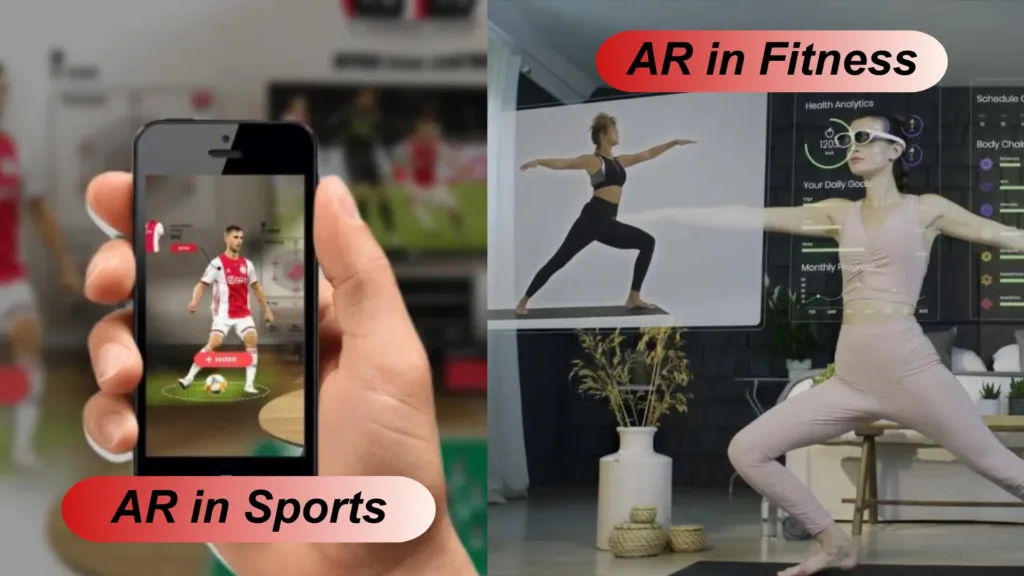
Augmented Reality in Sports and Fitness: Achieving Work-Life Balance
Are you ready to transform your workout routine into a grand adventure? The virtual and online exercise market is estimated at $6,046 million by the
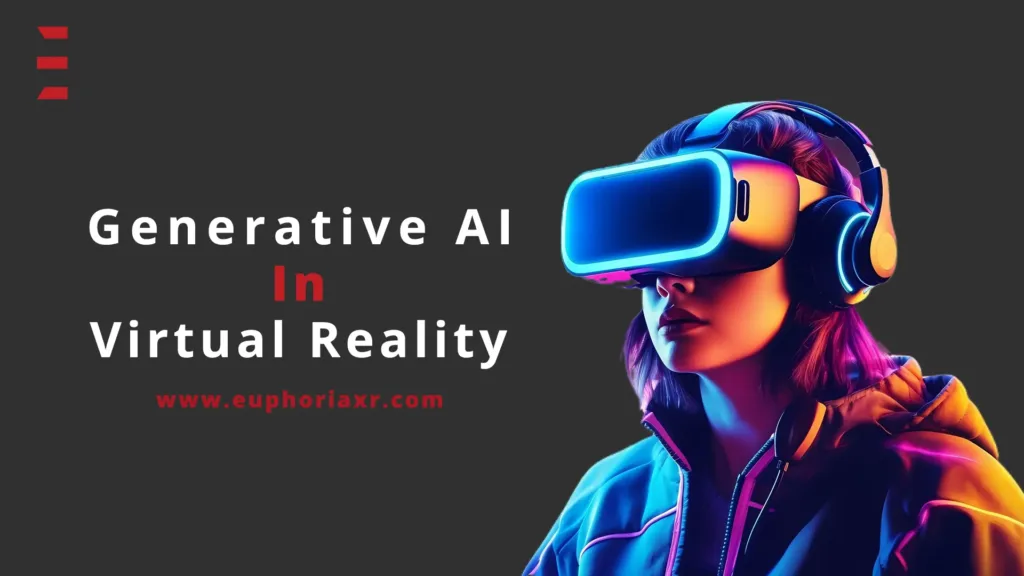
The Role of Generative AI in Virtual Reality
A recent analysis projects that the demand for generative artificial intelligence in the media and entertainment sector will reach over $1 billion by 2024 and
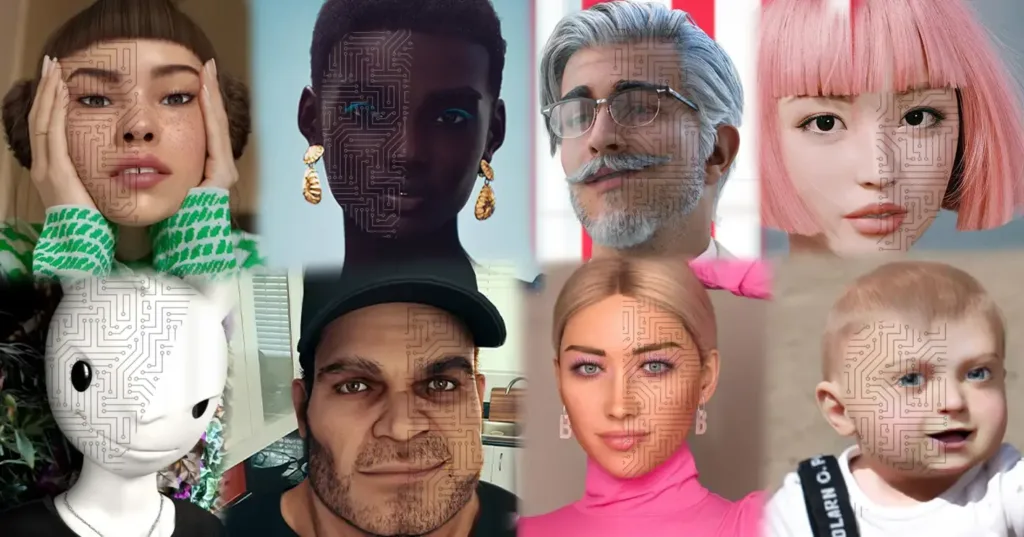
Top Virtual Reality Influencers in 2024
Do you remember when VR was a futuristic dream? It’s now a rapidly growing field with unlimited possibilities, and VR influencers are leading the charge.


